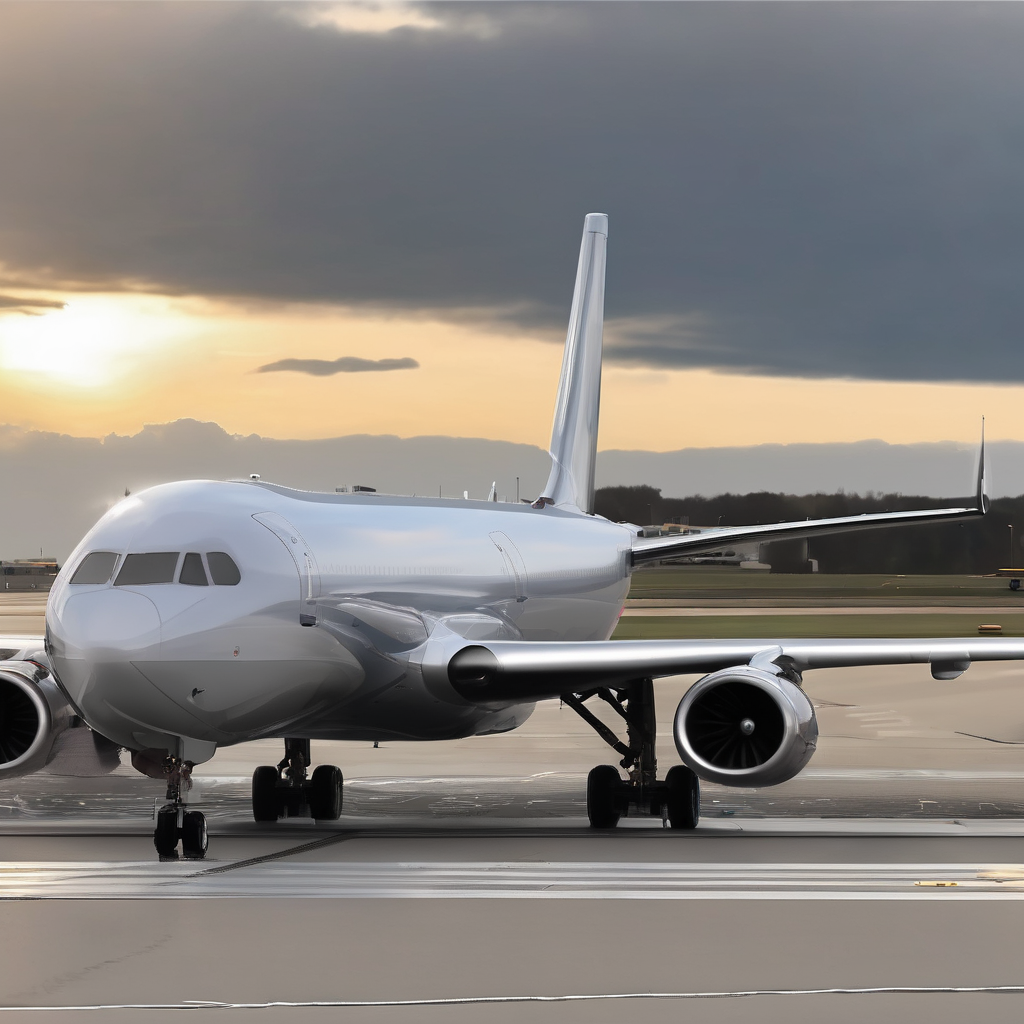Both runways at Munich Airport were shut down on Friday evening for the second time in less than 24 hours due to unconfirmed drone sightings. In light of the situation, German air traffic control implemented precautionary measures, halting all flight operations until further notice, as stated on the airport’s official website.
A representative from the airport police confirmed the closure of both runways. Passengers scheduled for a London-bound flight were informed of the cancellation, attributed to drone activity near the take-off and landing areas, leading to the dispatch of police helicopters to monitor the situation closely.
Flight tracking service Flightradar24 reported that multiple flights destined for Munich were forced to circle at a distance while the airport’s website indicated that at least ten incoming flights were diverted starting at 8:35 PM local time (1835 GMT). This disruption followed a previous incident on Thursday night, where drone sightings had already prompted the airport’s closure for several hours.
An airport spokesperson expressed concern regarding the cumulative impact of these disruptions, warning that further cancellations could potentially leave even more than the previously affected 3,000 passengers in limbo. In recent weeks, the European aviation industry has been grappling with increased disturbances linked to drone sightings, with some officials attributing these events to heightened tensions relating to Russia, a claim the Kremlin has refuted.
Adding to the gravity of the situation, German Interior Minister Alexander Dobrindt has put forth new legislation aimed at enabling military intervention by allowing police to request military assistance to neutralize drones that threaten air safety. This proposal underscores escalating security concerns as European authorities adapt to the rising risks associated with unmanned aerial vehicles in commercial airspace.
The incidents at Munich Airport highlight the complexities faced by aviation authorities in ensuring the safety of air travel. As security concerns mount, timely legislative measures and international collaboration may pave the way for enhanced safety protocols and greater stability in air travel moving forward.
